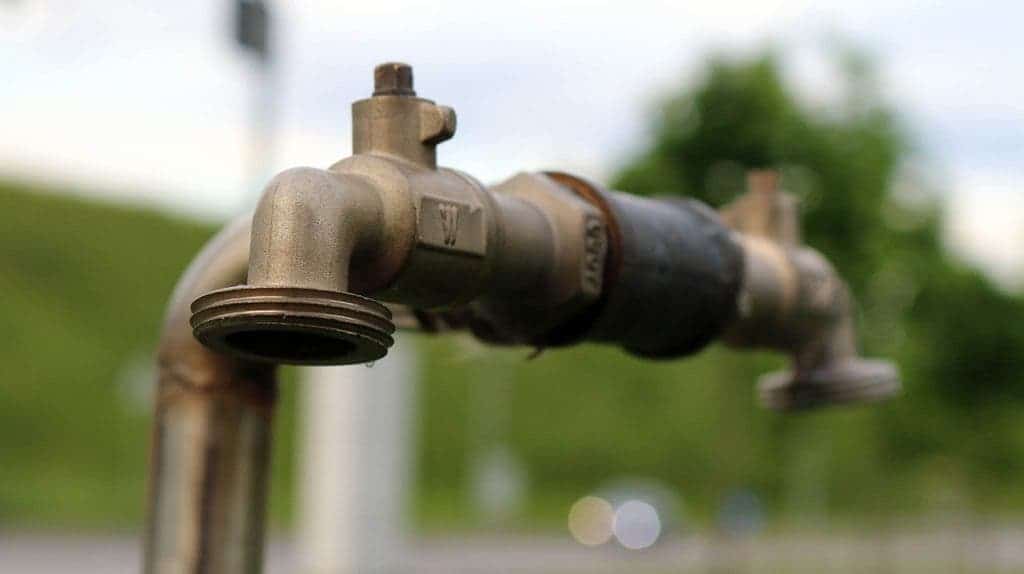Since 2010, water rates in the U.S. have risen by 41 percent. If this trend is set to continue, a paper published by a Michigan State University researcher forecasts the number of U.S. households unable to afford water will triple in five years. In other words, in 2021, 36 percent of all U.S. households might not be able to afford water rates.
Environmental Protection Agency (EPA) guidelines recommend that spending on water and wastewater services should not account for more than 4.5 percent of the household income. Right now, some 13.8 million U.S. households or 11.9 percent of all households have crossed this figure and may find paying for water services unaffordable. That sounds very worrisome and things might get only worse. Some 40.9 million households might find themselves in this position five years from now, with the poor being most vulnerable.
“In cities across the United States, water affordability is becoming an increasingly critical issue,” said Elizabeth Mack, an assistant geography professor at Michigan State who carried out the analysis.
A number of factors have caused water rate to jump, ranging from aging infrastructure to climate change to population decline in urban areas. One of the most important driving factors is the infrastructure, which in many cities in the country is still from the World War II-era. It would cost $1 trillion to overhaul it over the next 20 years, Mack says. Another decisive factor is climate change, as Californians can testify. While there’s not much we can do there, besides reducing emissions, experts say more intense weather should be mitigated with improvements to wastewater facilities. That’s another $36 billion by 2050.
“Water is a fundamental right for all humans,” Mack said. “However, a growing number of people in the United States and globally face daily barriers to accessing clean, affordable water.”
“The hope is that enhanced awareness of this issue in the developed world will highlight the severity of the issue, which is not isolated to people in the developing world,” Mack said.










